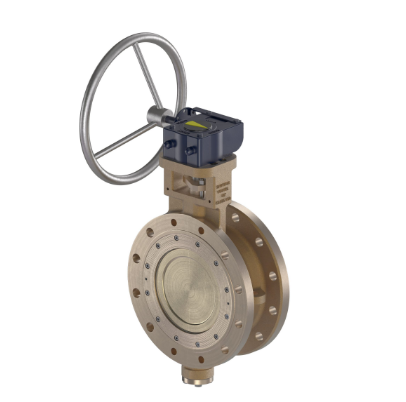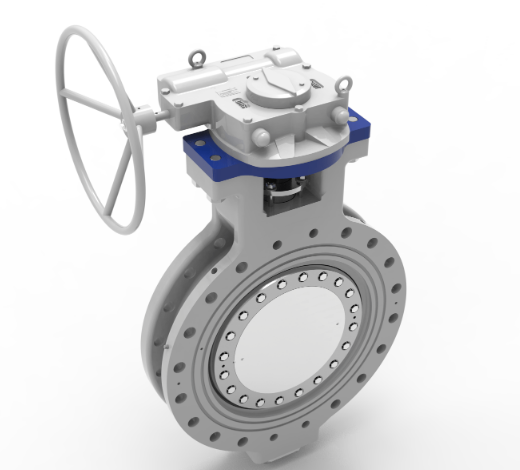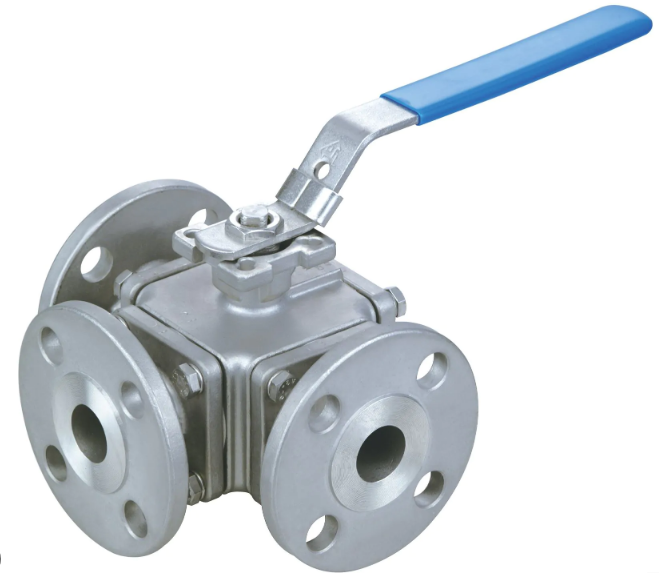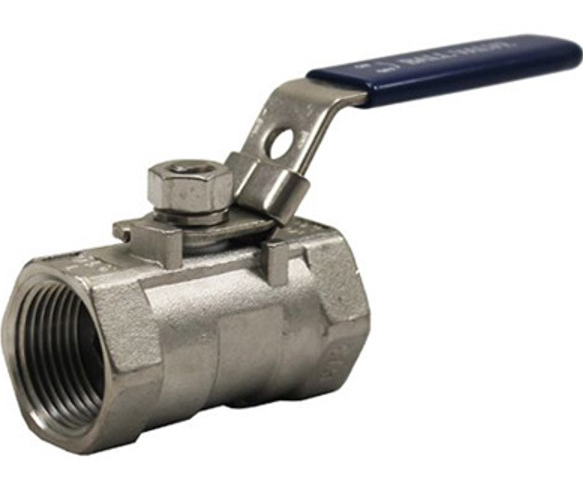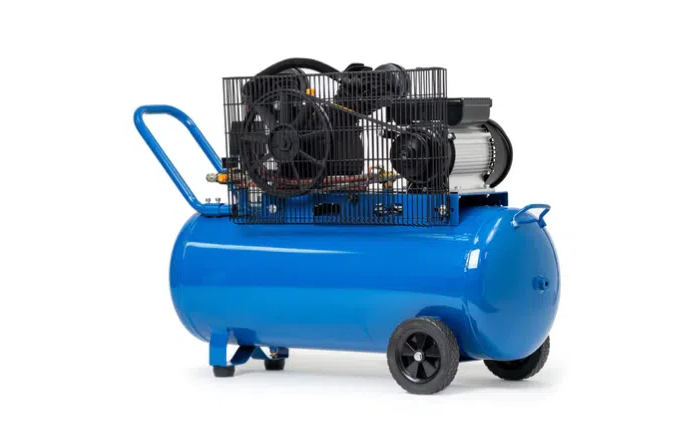Introduction
In modern industrial automation, pneumatic actuators are widely used for controlling valves and mechanical systems due to their reliability, simplicity, and cost-effectiveness. When integrated with remote control systems, pneumatic actuators provide enhanced safety, flexibility, and operational efficiency—allowing operators to manage machinery from a distance without direct manual intervention.
This article explains how pneumatic actuator remote control works, its benefits, applications, and key considerations when choosing a system.
1. What Is a Pneumatic Actuator Remote Control?
A pneumatic actuator remote control system enables operators to activate, stop, or adjust a pneumatic actuator from a remote location.
It typically includes:
-
Pneumatic actuator (single-acting or double-acting type)
-
Control interface (wired or wireless)
-
Air supply system (compressor, air filter, regulator, and lubricator)
-
Signal transmission unit (electrical, radio frequency, or network-based)
2. How Does Pneumatic Actuator Remote Control Work?
-
Control Signal Initiation – The operator sends a command from a remote panel, PLC (programmable logic controller), or wireless transmitter.
-
Signal Processing – The control unit interprets the command and triggers a solenoid valve or proportional valve.
-
Airflow Regulation – Compressed air flows into the actuator chamber, moving the piston or diaphragm.
-
Valve/Device Movement – The actuator rotates or moves linearly, operating the connected valve or mechanism.
-
Feedback Transmission – Position feedback (via sensors or positioners) confirms operation status to the remote controller.
3. Benefits of Remote Control in Pneumatic Actuators
-
Enhanced Safety – Operators can control equipment in hazardous environments from a safe location.
-
Improved Efficiency – Multiple actuators can be controlled simultaneously without physical presence.
-
Reduced Downtime – Remote diagnostics and troubleshooting can detect issues faster.
-
Flexibility in Operations – Suitable for both on-site control rooms and off-site monitoring.
-
Integration with Automation Systems – Works seamlessly with SCADA, DCS, and IoT platforms.
4. Common Applications
-
Oil & Gas – Remote valve operation in pipelines and offshore platforms.
-
Water Treatment – Controlling sluice gates, pumps, and valves from a control center.
-
Manufacturing – Operating process control valves in high-temperature or restricted-access areas.
-
Mining – Managing compressed air systems and machinery in underground operations.
-
Food & Beverage – Hygienic process automation without direct operator contact.
5. Types of Remote Control Systems for Pneumatic Actuators
-
Wired Remote Control
-
Uses electrical cables for signal transmission.
-
Reliable in areas with electromagnetic interference.
-
-
Wireless Remote Control
-
Uses RF, Bluetooth, or Wi-Fi.
-
Ideal for mobile or temporary setups.
-
-
Network-Based Remote Control
-
Integrated into industrial Ethernet or fieldbus systems.
-
Allows global access via secure VPN or cloud.
-
6. Key Considerations When Choosing a Remote Control System
-
Distance of Operation – Choose wired for short range, wireless or network for long range.
-
Environmental Conditions – Ensure protection against dust, moisture, and extreme temperatures.
-
Power Supply – Verify voltage compatibility and power source availability.
-
Feedback and Positioning – Consider integrating limit switches, positioners, or smart sensors.
-
Compliance – Check if the system meets industry standards like ATEX, IECEx, or ISO.
7. Maintenance and Troubleshooting Tips
-
Regular Air Filter Checks – Prevent contaminants from affecting actuator performance.
-
Inspect Control Signals – Ensure no interference or cable damage.
-
Lubrication Maintenance – Keep moving parts lubricated for longer life.
-
Test Safety Features – Periodically verify emergency stop and fail-safe modes.
-
Firmware Updates – For network-based controllers, keep software updated for security.
Conclusion
Pneumatic actuator remote control technology is transforming industrial automation by improving safety, reducing operational costs, and enabling flexible process management. Whether in oil and gas, water treatment, or manufacturing, integrating remote control with pneumatic actuators allows industries to operate more efficiently and securely.
If you want to learn more about low-priced products, please visit the following website: www.xm-valveactuator.com







